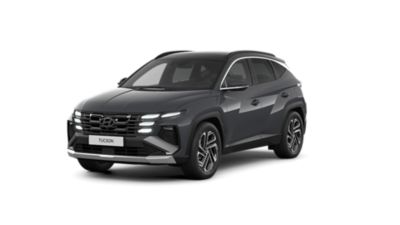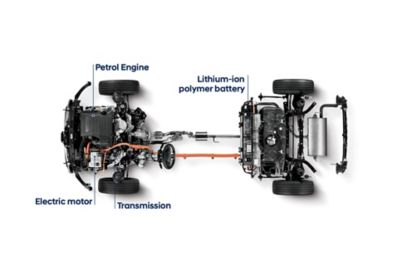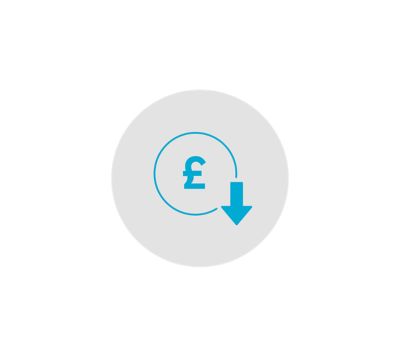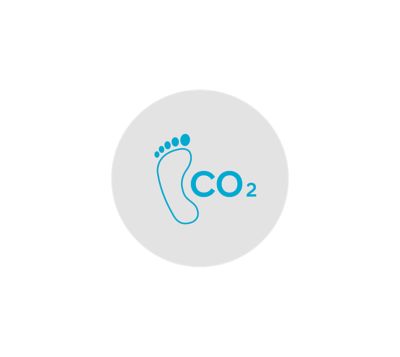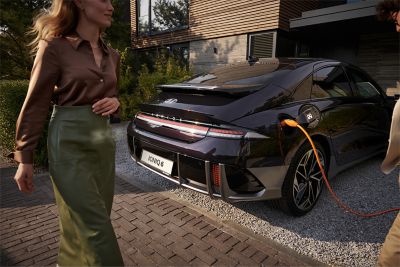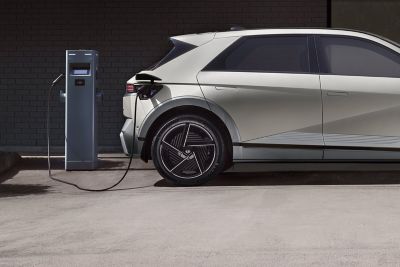
Plug-in hybrid cars
Explore our plug-in hybrid car models.
Hyundai highlights from our drivers.
The basics of a plug-in hybrid car.
Benefits of a plug-in hybrid car.
Plug-in hybrid car charging solutions from Hyundai.
Discover more powertrains.
Frequently asked questions about plug-in hybrid cars.
Plug-in hybrid cars (PHEVs) combine an electric motor with an internal combustion engine (ICE) and a rechargeable battery.
They can run on electric power alone for short distances, then switch to the ICE when the battery is low, offering both improved fuel efficiency and reduced tailpipe emissions.
A hybrid car uses both an internal combustion engine and an electric motor, where the battery charges through regenerative braking. A hybrid car can’t be plugged in for charging.
A plug-in hybrid car has a larger battery that can be externally charged by plugging into a power source, they can also charge using regenerative braking like the hybrid models. This allows it to run on electric power alone for longer distances before switching to the internal combustion engine.
If you don't charge a plug-in hybrid car, it will function like a regular hybrid by relying more on the internal combustion engine and regenerative braking to power itself. However, when doing this you'll miss out on the fuel efficiency benefits of driving on electric power alone.
